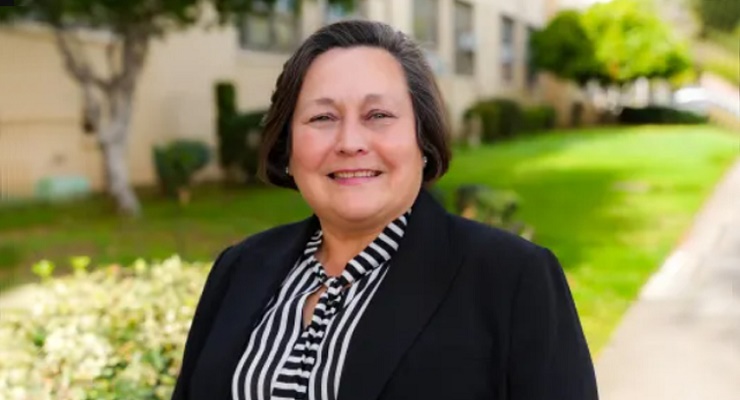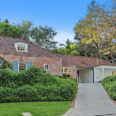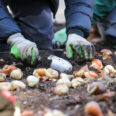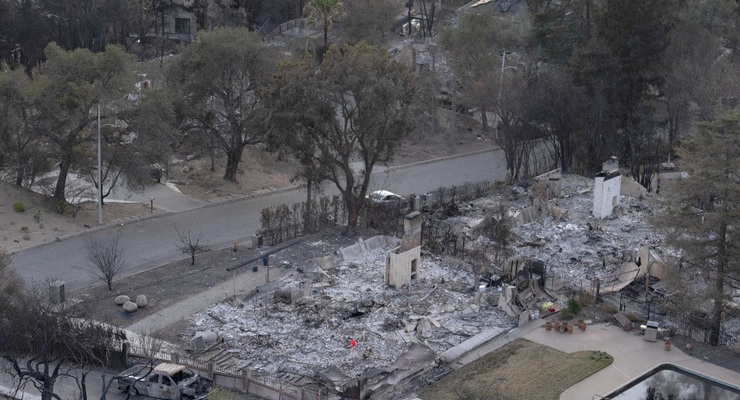
Pasadena Unified School District Superintendent Elizabeth Blanco issued an update Sunday, addressing mounting community concerns about contaminated soil at nearly half the district’s schools following the release of Eaton Fire soil testing results last week.
The detailed email communication aimed to reassure parents and community members about safety protocols as the district works to address contamination found at 11 of the district’s 23 campuses. Test results showed more than 40% of schools had lead exceeding state health-based limits, with one site showing levels triple the allowable limits in one portion of the campus.
“Your concerns have been heard, and they are guiding our work every step of the way,” Blanco wrote in the community email, directly acknowledging widespread anxiety among parents about potential health risks to their children.
The Superintendent’s message came days after the district released soil testing results showing severe contamination at several sites, including Blair High School’s tennis courts, where lead levels reached more than three times the state’s allowable limit of 80 milligrams per kilogram of soil. Four elementary schools showed lead levels more than double the state limit.
Dr. Parveen Kaur, acting health officer at the Pasadena Public Health Department, provided context in the email about health implications.
“While some PUSD soil test samples exceeded California state lead screening levels, most were at levels where the risk to human health is minimal, especially when public health safety precautions are followed,” Kaur said.
“In areas that exceeded the screening level, common-sense measures such as restricting access and adding ground cover will reduce potential risk of exposure.”
Blanco outlined immediate safety measures already implemented in response to the results. Outdoor areas with contaminated soil will remain closed until investigation and any necessary remediation is completed. These areas are clearly marked and secured to prevent access.
The district is collaborating with local and state health and environmental agencies — including the Los Angeles County Department of Public Health and the Pasadena Public Health Department — to review soil test results and develop science-based remediation plans.
Blanco emphasized that any necessary remediation will be completed before the new school year starts, with additional testing and monitoring taking place both before and during the process.
The Superintendent specifically addressed community members who might be tempted to take matters into their own hands, requesting they not disturb soil at any campuses, even with well-intentioned actions such as covering it with mulch or compost. Such actions could interfere with follow-up testing, delay necessary remediation and complicate efforts to restore safe access to affected areas.
“To that end, we have restricted access to areas on campuses with impacted soil,” Blanco said.
The communication noted that results for heavy metals such as lead are now available, though some test results remain pending. Campus maps continue to be updated as new data becomes available, with all current results, maps and frequently asked questions accessible at pusd.us/firerelief-safety.
Schools that have been fully cleared following last week’s results have reopened their outdoor spaces for regular school community use, according to Blanco. The 12 uncontaminated schools represent slightly more than half the district.
“We know how important outdoor spaces are to our students for play, for connection and for learning,” Blanco acknowledged in her message. “And we know how unsettling it can feel when those spaces are in question. Please know we are doing everything possible to ensure a safe, timely and transparent process.”
The Superintendent concluded by thanking the community for their continued support and partnership, stating that together the district will ensure every PUSD campus is safe, supported and ready for students to learn, grow and thrive.
Students have been attending classes at affected campuses since returning in January, though outdoor areas with contaminated soil have been closed since the test results were released last week.














 4 comments
4 comments


